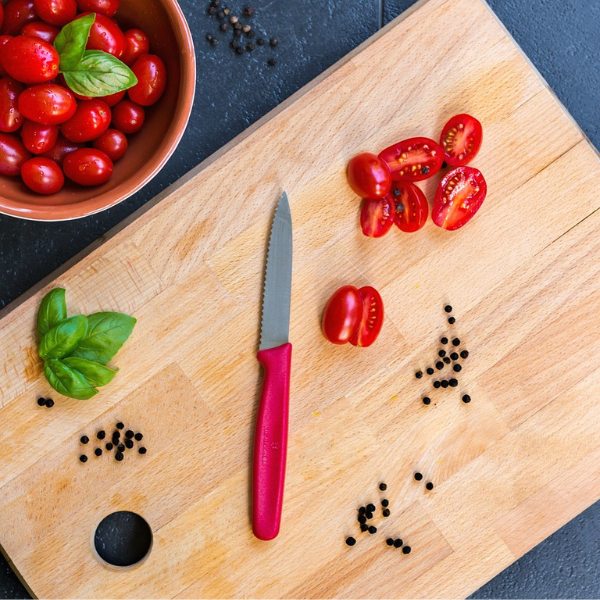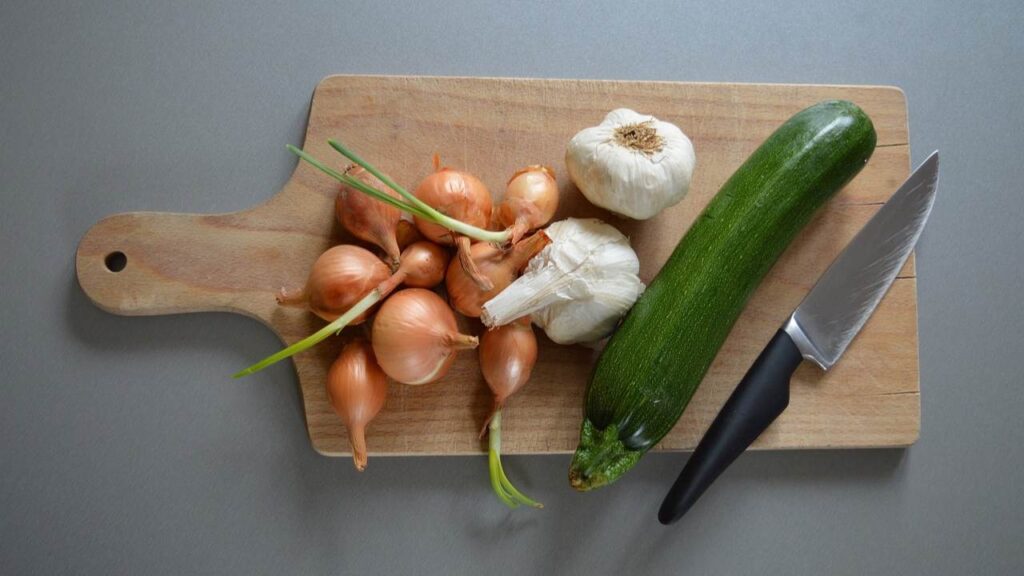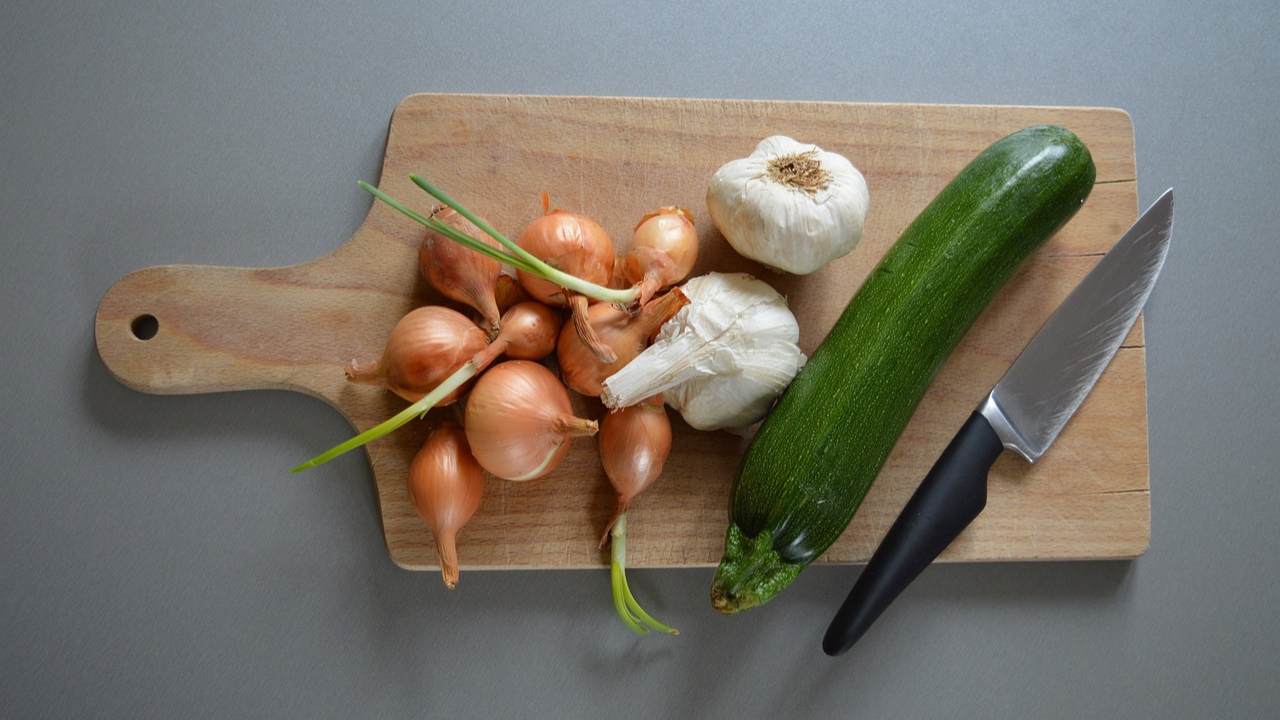Choosing the right cutting board for your kitchen is not just about convenience—it’s about making a long-term investment in your cooking tools. A high-quality cutting board can protect your knives, keep your food safe, and stand up to years of use. But how do you pick the best wood for cutting boards? With so many options out there, this guide will help you narrow down the best choice for your needs while providing tips for care and maintenance.
The Best Wood for Cutting Boards: Key Features to Consider

When selecting the best wood for cutting boards, it’s essential to understand the features that make certain woods better suited for food preparation. Below are some key factors to consider:
1. Hardness
The wood’s hardness plays a crucial role in its performance. Hardwoods like maple and walnut are strong enough to resist knife marks but not so hard that they damage your knives.
2. Grain Type
Closed-grain woods, such as maple and cherry, are ideal for cutting boards because they are smoother and less likely to trap food particles. This makes them easier to clean and more hygienic for food preparation.
3. Porosity
Highly porous woods, like red oak, are not recommended because they absorb moisture and harbor bacteria. Instead, look for woods like teak or hard maple, which are naturally resistant to moisture.
4. Durability
Durability is key for any cutting board. Woods like acacia and teak are particularly resilient and less prone to warping or cracking. These materials can withstand heavy use while maintaining their structure.
5. Sustainability
For eco-conscious buyers, bamboo is a great choice. It’s not only sustainable but also durable and affordable, making it a popular alternative to traditional woods.
Top Choices for the Best Woods for Cutting Boards
Here’s an overview of the most popular woods and why they work well for cutting boards:
Maple: A Classic Choice
Maple is often regarded as the best wood for cutting boards due to its durability and fine grain. It’s a hard, dense wood that resists scratches and is gentle on knives. Its light color also makes it easier to spot stains or food particles, ensuring a cleaner surface for food preparation.
Walnut: Elegant and Functional
If you’re looking for a cutting board that combines style and functionality, walnut is an excellent option. This wood is slightly softer than maple but still durable enough for daily use. Its closed-grain texture prevents bacteria buildup, making it a safe and attractive choice for food preparation.
Cherry: Gentle on Knives
Cherry wood offers a smooth surface that is gentle on knives, reducing wear and tear over time. Although it is softer than maple or walnut, cherry cutting boards are still highly durable and easy to maintain. Their warm, reddish tone adds a unique aesthetic to your kitchen.
Teak: Resistant to Moisture
Teak is another popular choice for cutting boards, thanks to its natural oils that make it highly resistant to moisture and warping. It’s a durable option for heavy use but may require more frequent cleaning to prevent oil buildup.
Bamboo: An Eco-Friendly Alternative
Although not technically wood, bamboo is a sustainable and budget-friendly material for cutting boards. It’s lightweight, durable, and easy to clean. However, bamboo can be harder on knives compared to traditional woods due to its tough fibers.
Tips for Maintaining Your Wooden Cutting Board

Proper care is essential to extend the lifespan of your cutting board. Follow these tips to keep your board in great shape:
- Clean After Every Use: Wash the board with warm, soapy water and dry it immediately. Avoid soaking it to prevent warping.
- Oil Regularly: Apply food-grade mineral oil once a month to keep the wood hydrated and prevent cracking.
- Avoid Harsh Chemicals: Skip bleach and other abrasive cleaners that can damage the wood.
- Rotate Usage: Use both sides of the board to distribute wear evenly.
- Store Upright: Store your board in a dry, upright position to avoid moisture buildup.
What Sets Wooden Cutting Boards Apart?
Wooden cutting boards have stood the test of time for good reasons. Here’s why they remain a favorite among home cooks and professionals alike:
- Knife-Friendly: Unlike glass or ceramic boards, wood doesn’t dull your knives, making it a safer and more practical option.
- Hygiene Benefits: Closed-grain woods, such as maple, have natural antibacterial properties that make them safer for food preparation compared to plastic.
- Durability: With proper care, wooden boards can last for decades, far outlasting cheaper plastic alternatives.
- Aesthetic Appeal: A beautifully crafted wooden cutting board adds warmth and charm to any kitchen.
Conclusion
Selecting the best wood for cutting boards involves understanding factors like durability, grain type, and maintenance requirements. Hard maple, walnut, cherry, and teak are excellent choices that balance durability with ease of use. Proper care, such as regular cleaning and oiling, ensures your cutting board lasts for years while keeping your food safe and your knives sharp.
Wooden cutting boards are not only functional but also enhance the overall aesthetic of your kitchen, making them a worthwhile investment.
Also read: Top 10 Benefits of Using a Gourmia Air Fryer
FAQ’s
What is the best wood for cutting boards that last long?
Hard maple is widely considered the best wood for cutting boards. Its dense, fine grain resists scratches and is easy to maintain.
Can I use walnut as a cutting board material?
Yes, walnut is an excellent choice for cutting boards. It’s durable, has a closed-grain surface, and adds a stylish touch to your kitchen.
Is bamboo better than wood for cutting boards?
Bamboo is a sustainable and affordable alternative to wood. While it’s durable, it can be harder on knives compared to woods like maple or cherry.
How do I maintain a wooden cutting board?
Clean your board after every use, apply food-grade mineral oil monthly, and store it in a dry, upright position to prevent warping and cracking.
Are there woods to avoid when choosing a cutting board?
Yes, avoid open-grain woods like red oak and soft woods like pine. These materials are prone to absorbing moisture and are less durable.

